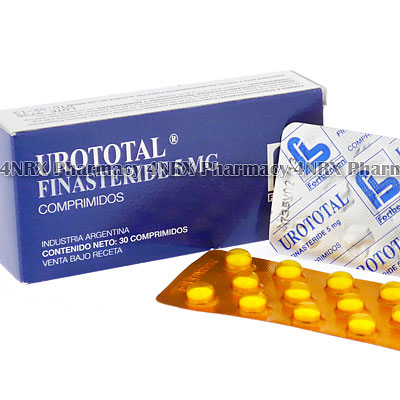 |
Home  Hair Hair  Urototal (Finasteride) Urototal (Finasteride) |
|
|||||||||
|
Urototal (Finasteride)
What is Urototal (Finasteride) used for? Urototal (Finasteride) tablets are used for a variety of conditions. They are sometimes given to adult men to help treat male pattern hair loss, as it can prevent the hormone that causes loss of hair from being produced. This medication is a type of 5-alpha reductase inhibitor, which can also be used to treat an enlarged prostate, and the problems caused by this condition, such as frequent urination. How should I use Urototal (Finasteride)? Urototal (Finasteride) tablets are taken by mouth. You may take this medication with or without food. It is usually taken once per day. If you are using this drug to treat hair loss, it may take 3 months or more before you notice the benefits. After 12 months, you should be able to see an improvement in your condition. You must continue taking it, otherwise any newly regrown hair may fall out. Patients taking this drug to treat an enlarged prostate should note that it may take 6 months for their condition to improve. What are the side effects of Urototal (Finasteride)? Patients may experience some side effects as a result of taking Urototal (Finasteride), including:
You should see your physician if these side effects persist, or if you notice breast pain or tenderness. Please Note This medication is only for use in adult men, and should never be used by women or children. If you are pregnant or breastfeeding, you should not handle these tablets as the medication may be absorbed through the skin. Strictly follow all instructions provided to you by your physician or pharmacist while using Urototal (Finasteride). Optimum and safe dosage can differ based on the patient and the condition being treated. As this medication may be unsafe for certain patients, it is essential you always inform your physician if you have any allergies, other illnesses, or ongoing health conditions, and if you are taking any other form of medication, supplements, or herbal products. Immediately seek emergency medical care if you have any allergic or hypersensitive reaction. Common signs of a reaction include hives, swelling, skin rashes, chest pains, as well as trouble breathing or swallowing. 
|
|||||||||||||||||